There’s no better sight than seeing the virgin white honeycomb built by hard-working bees to make a new home.
There’s nothing sweeter than biting into a honeycomb of freshly applied honey.
There is no smell more intoxicating than the smell of a beehive.
There is no more meditative vibration and sound that you can feel, hear and experience when interacting with bees.
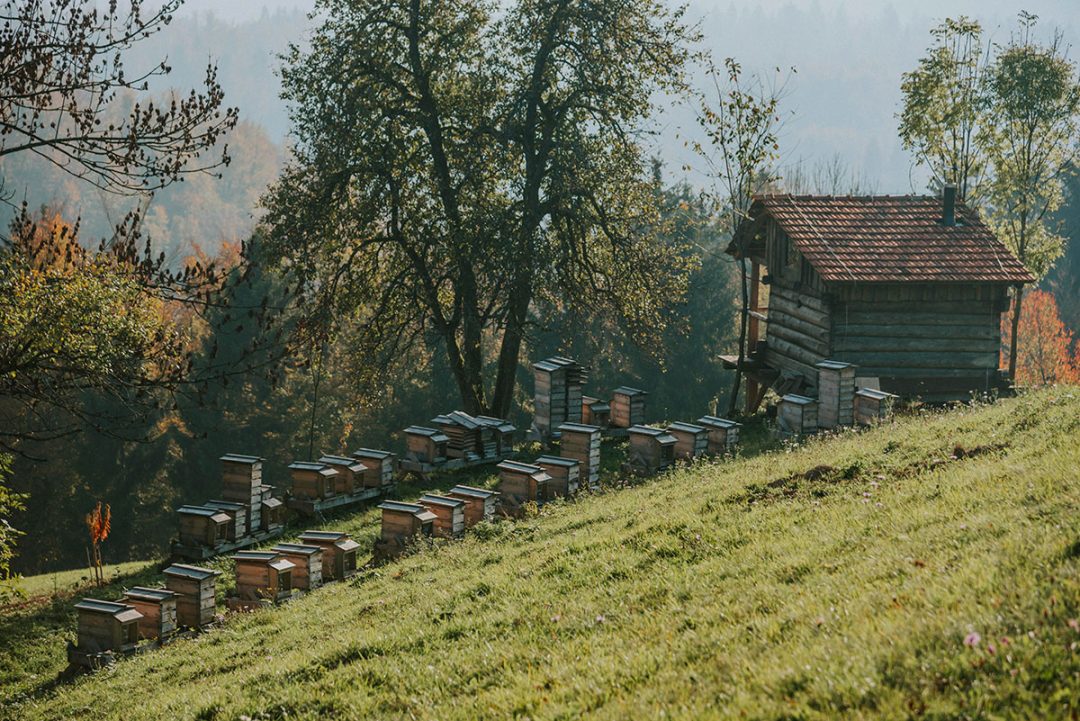
The Carniolan bee is cultivated in Slovenia and in Zaplana. A bee that is top-notch in every way. She is mild tempered, has an excellent sense of orientation, is very disease resistant and very thrifty. It is characterised by its vigorous spring development and is perfectly adapted to the climatic conditions of our area. It likes to swarm, which is its special characteristic that ensures its existence.
People have been keeping bees since ancient times. The oldest bee remains found in amber are around 40 million years old. The picture on the cave wall of a beekeeper robbing a bee nest is probably even older.
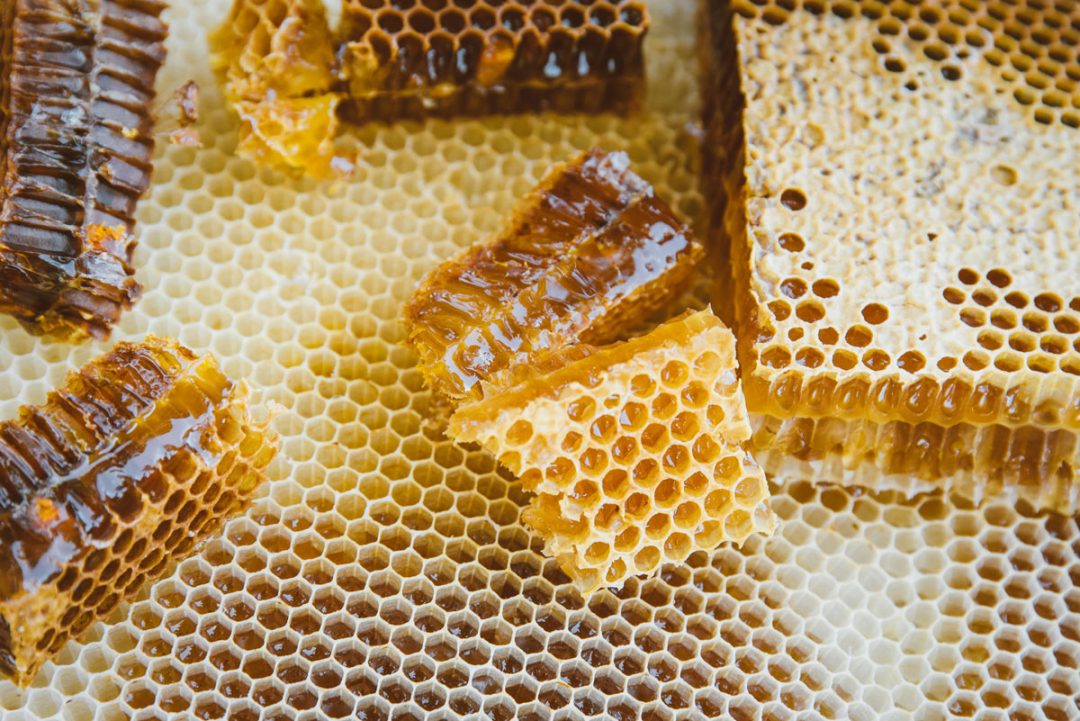
In the past, people have discovered that bees like to settle in caves – in the hollows of trees. In order to help our favourites to reproduce as much as possible, they were helped with an axe and made duplicates. Hence the saying that the axe has fallen in your honey. When you stumbled into a tree hive with a colony of bees, you could look forward to a rich – sweet – reward. When people realised that they could move bees out of the forest and closer to home, they started beekeeping, as we still do today.
In Zaplana, beekeeping is based on simplicity. It is very important for the well-being of bees that we give them as much freedom as possible, as unspoilt and varied a natural habitat as possible, and that we provide for them in times of scarcity by supporting them with food. In Zaplana, beekeeper Tadej allows bees to live up to their natural potential, to swarm and to reproduce.
The beehives at Zaplana are simple, made of rough-sawn boards, unpainted and left to the action of nature – sun, water and wind. Inside, the hives are perfectly adapted to the bee colony, which knows how to provide its own clean and tidy environment for the colony to function in.
Slovenian beekeeping heritage boasts another world speciality, the hive finials, or headdresses – the painted front sides of beehives. They were painted by amateur and professional painters from the mid-18th century until the First World War. It is an original (indigenous) genre of folk art, known only in Slovenia. Each owner had differently painted beehives with different genre, religious, historical and humorous motifs. Hive finials are one of the symbols of Slovenian identity, often depicting the motif of St Jurij with a dragon.
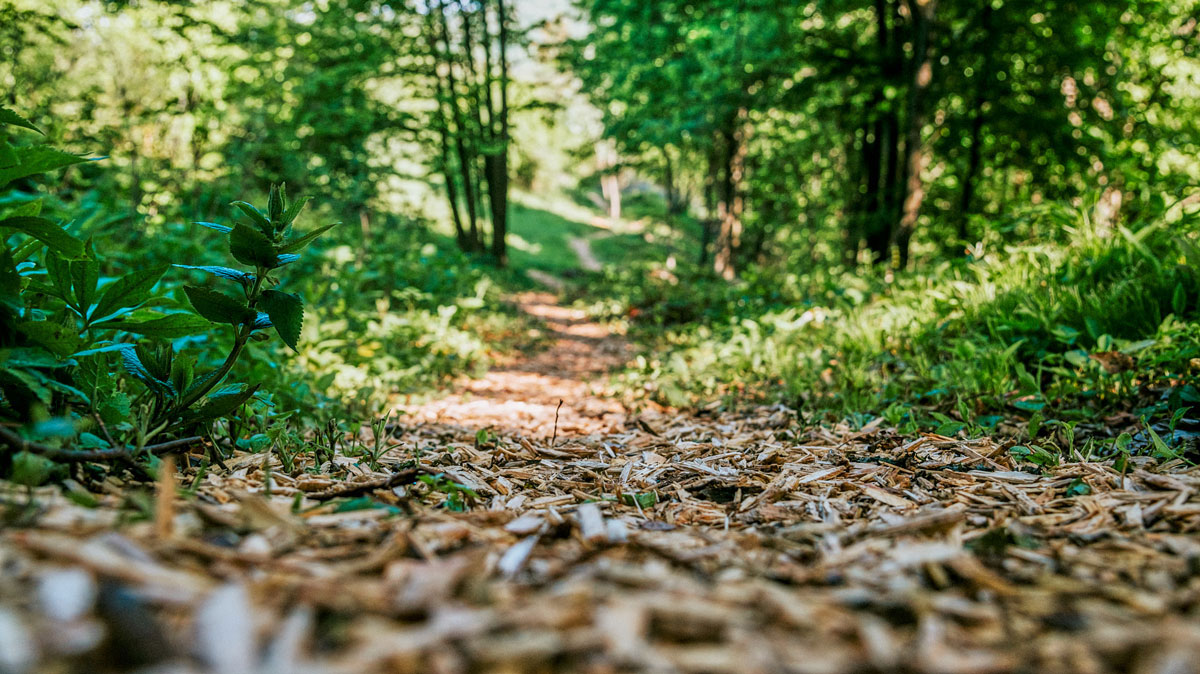
Wedding on Zaplana
Have you ever thought of getting married in the middle of green nature, under a mighty linden tree, accompanied by birdsong? And then a picnic to remember. Come to Zaplana above Ljubljana!
BOOK NOW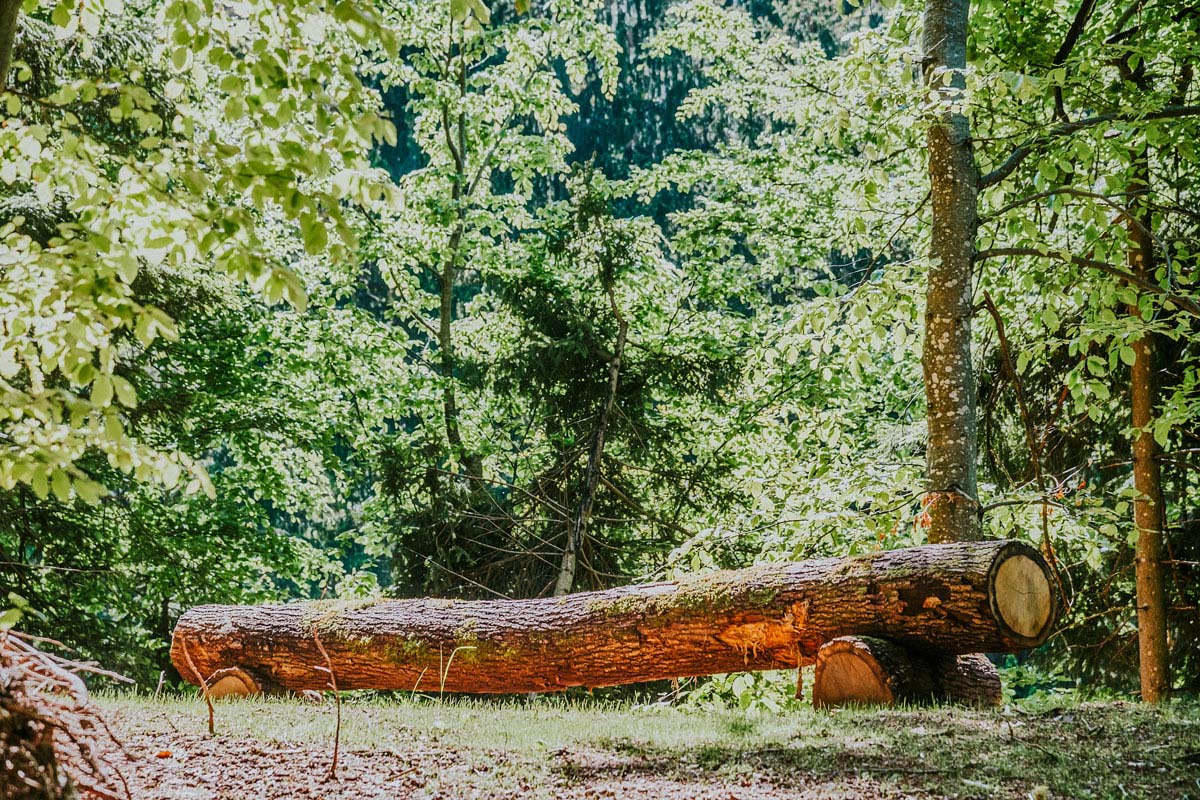
Filming and photography
The green landscape surrounded by mighty trees, flowering meadows, meadow orchards and shrubs, and endless paths is the ideal setting for filming and photography.
BOOK NOW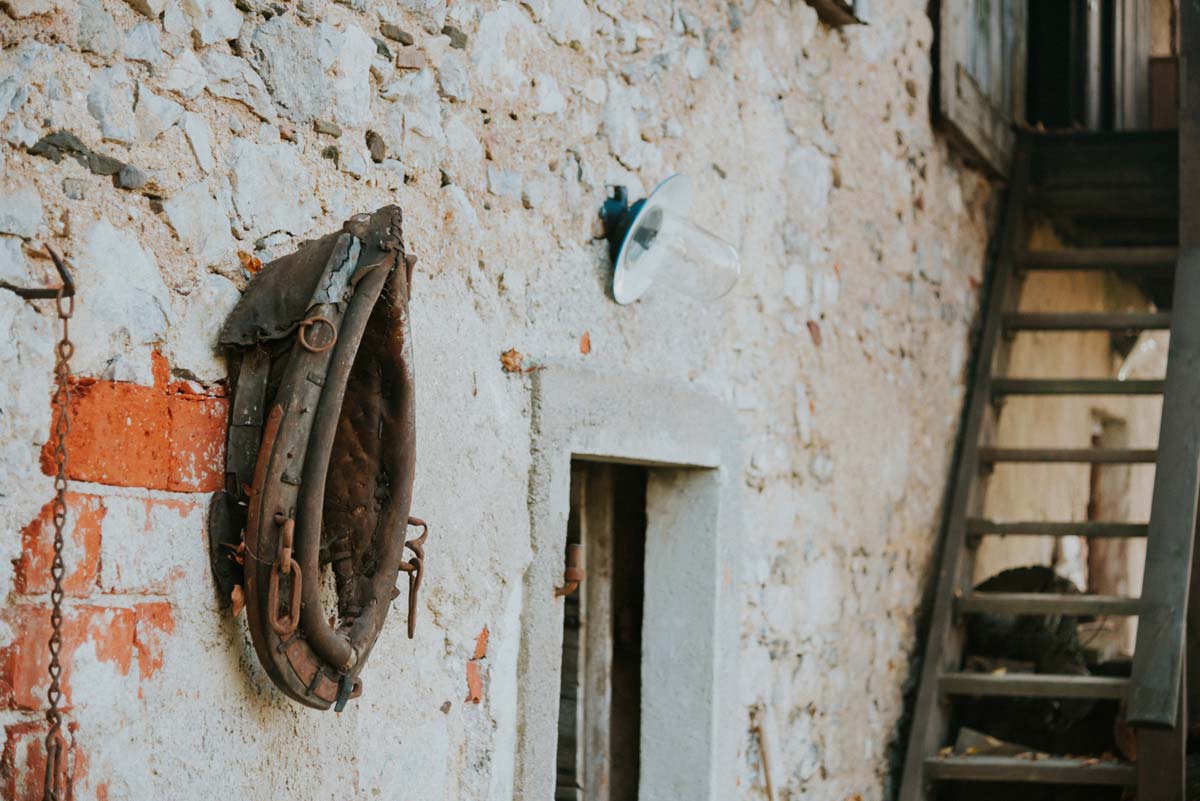
An unforgettable day
Special wishes and special events are always a challenge. At Zaplana, there are many possibilities for various activities, culinary experiences, self-indulgence, children’s games and other.
BOOK NOW
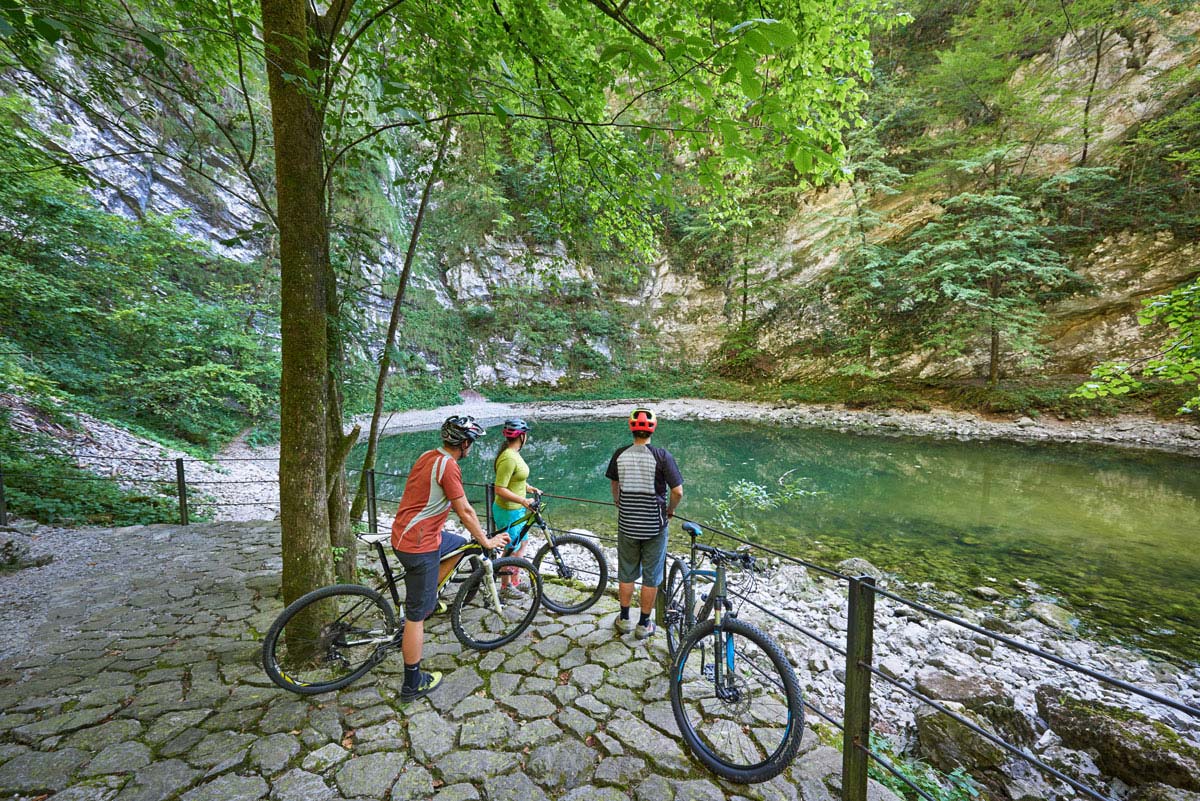
Wild Lake
The mysterious karstic Wild Lake nearby Idrija belongs among the pearls of the Slovenian natural heritage.
MORE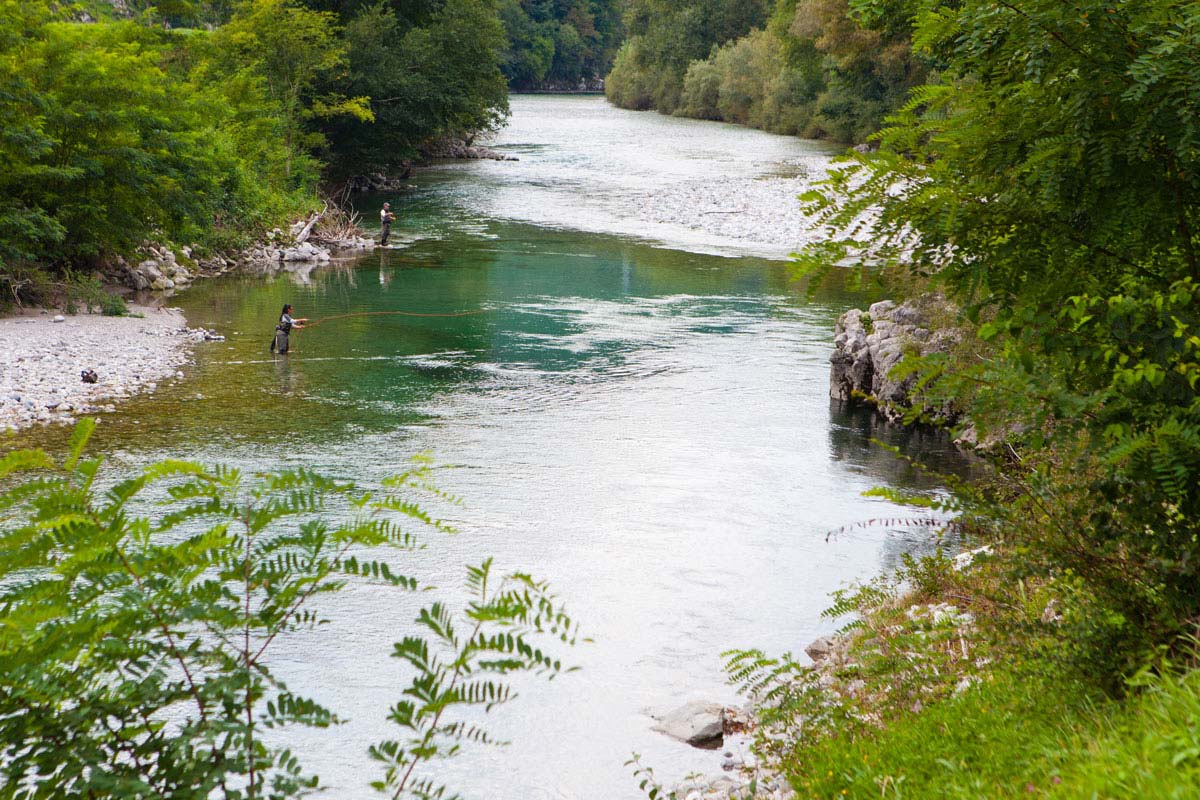
Fishing in Karst waters
Have you ever fished in a sinking river or in an intermittent lake?
MORE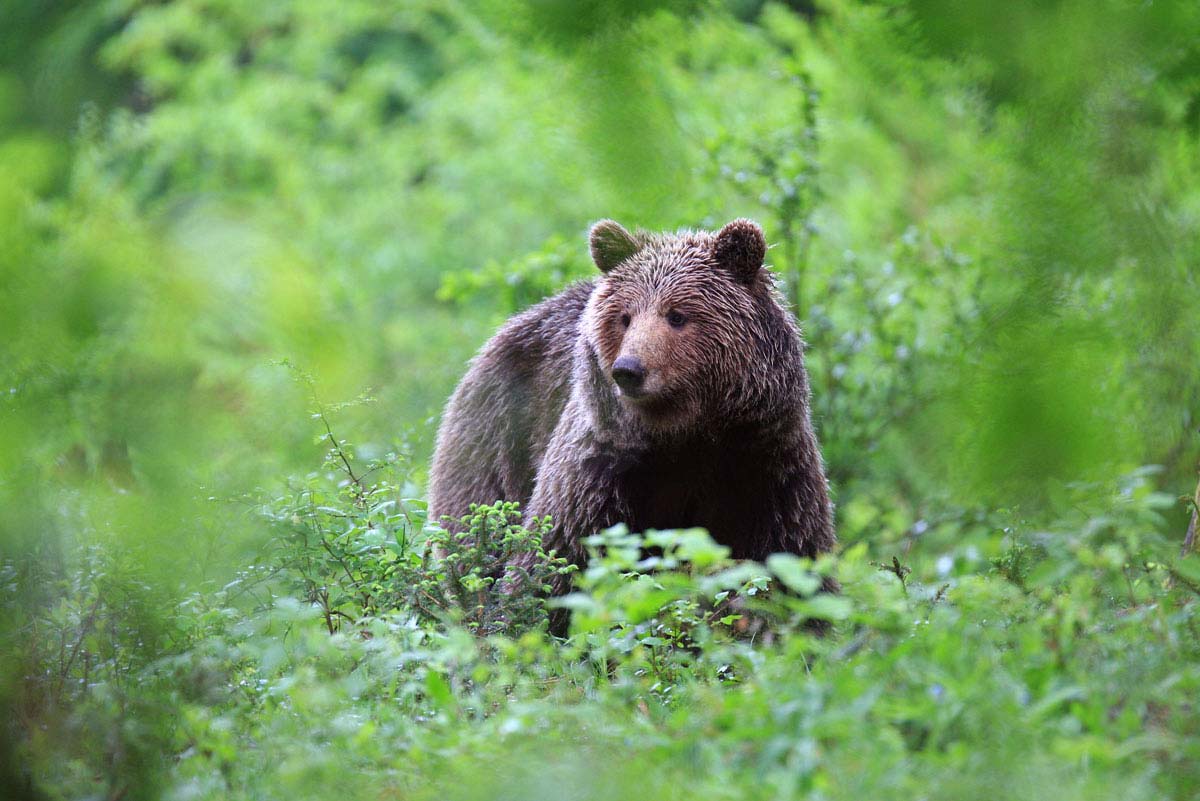
Bear watching
Experienced guides take you on a safe adventure of observing the brown bear (Ursus arctos) in its natural environment – the forest.
MORE